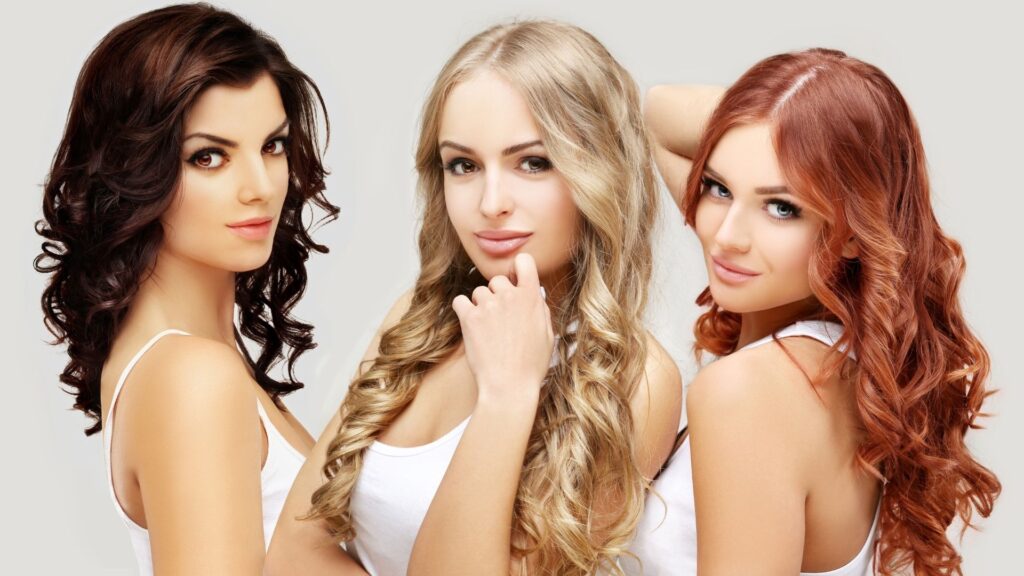
The Ultimate Experience with Hair Color
There are a wide variety of reasons why people choose to use hair color, and the practice dates back hundreds of years and is still popular today. Hair dye can be used for both practical (to hide grays) and expressive (to make a statement) and it is a popular choice among those who want to follow the latest trends or just fit in with a certain group.
If your hair is naturally light, dying it a darker shade can help shield it from the sun’s harmful rays. Coloring one’s hair is a therapeutic activity for some. Hair dye is a common method of disguising imperfections on the skin. There are many different ways to color your hair, and the decision to do so can be driven by a wide range of factors.
Hair coloring can be done at home with a kit or at a salon. The best way to go about dying your hair is with as much knowledge as possible. Your hair color choice should complement your skin tone, so take that into account when making your decision. It’s important to use a dye that’s suitable for your hair type.
The decision to dye your hair by yourself or have a professional do it means you may need some pointers on how to get the right shade. When it comes to hair dying and color blending, the professionals at Sirwiss-affliated salon services have years of expertise and knowledge on their side. In this piece, we’ll discuss how to determine which hair color will complement your natural hair color and style.
Selecting Your Perfect Hair Color
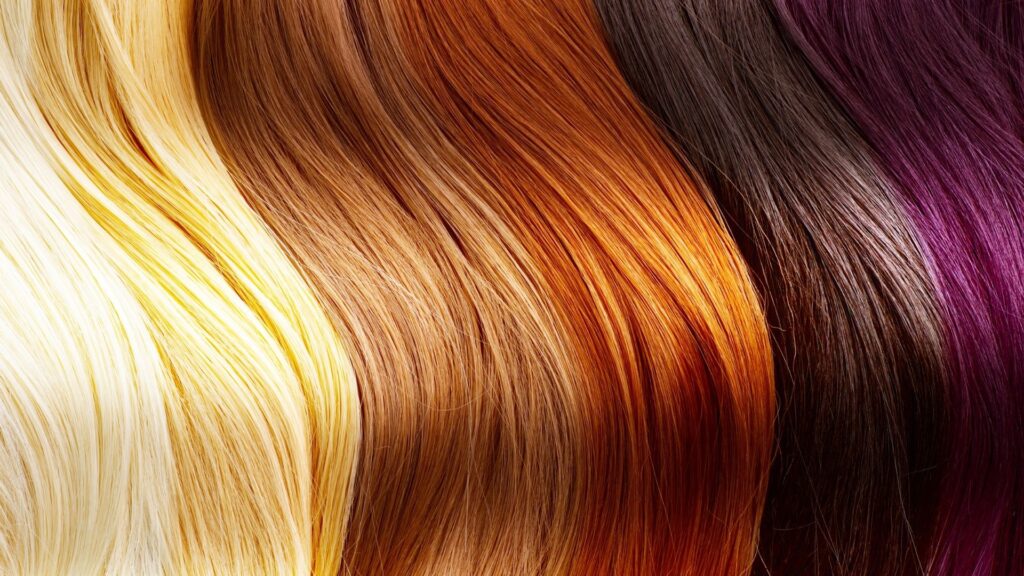
You don’t have to be a model or a celebrity to have lush, lustrous hair that sparkles with health; by effectively caring for your hair, you can get the same results. Changing your hairstyle and giving it some TLC may make a big difference. Knowing your hair type (straight, wavy, curly and the type of curl) and creating a routine specific to your unique texture, color, and style can make a world of difference.
With so many hair color types, it’s hard to tell them apart. Your colorist will choose the proper product after determining which treatment you need to achieve your hair objectives. Here we explore the different kinds of color available, so you can understand why your colorist picks certain color types to suit your individual needs.
Assessing Skin Tone
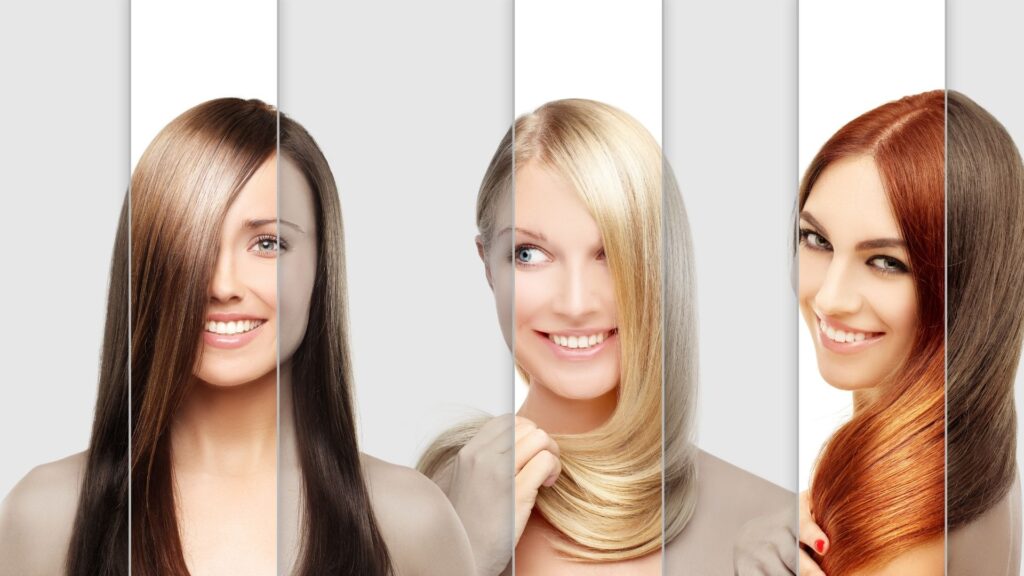
1. Learn Why Skin Tone Is Important
Identifying your skin tone is essential for having your hair color complement your skin. Choosing a color that contrasts with your skin tone and features can result in an unnatural appearance. Decide whether you are a cool or warm toned person before choosing a hair color.
No two people are exactly alike, and neither are their skin tones and complexions. It’s simple to identify shades of dark and light on the skin, but there’s a lot more nuance to it than that. The colors of the skin originate in the dermal layers. The term “skin undertone” is used to describe the dominant tone of your skin, which can be neither very light nor very dark. There are three classifications of skin tones: cold, warm, and neutral. Skin tones can vary from very light to very dark within these groups, but it is frequently additional characteristics that reveal a person’s true undertone.
2. Decide If You Are Warm Toned
Yellow undertones are characteristic of those who exude warmth. In general, they get a nice tan without getting burned. In general, earth tones like browns, yellows, oranges, and creams flatter these individuals. Gold jewelry is a classic, timeless choice that complements most complexion tones.
- Look at the veins on the inside of your arm. People who are warm toned have green veins.
- People who have warm skin tones generally have dark eyes, such as brown, black, or hazel. Their hair is black, brown, blonde, red, or strawberry blonde.
- If you hold a white paper next to your clean face, your skin will look yellow or golden next to the paper if your tone is warm.
- An alternate way to determine if you have warm tones is to hold a yellow or red paper beside your clean face. If it looks flattering, you have warm tones.
3. Determine If You are Cool Toned
People with cool undertones tend to have pink or bluish-red skin. They often become sunburned or have problems tanning. These individuals typically look their finest in cool tones of blue, red, and purple. In general, silver jewelry complements fair skin tones.
- People with cool skin tones have blue veins on the inside of their arms.
- People with cool tones generally have light colored eyes, such as blue, green, or grey. They have blonde, black, or brown hair.
- If you hold a white paper next to your clean face, your skin will look blue compared to the paper.
- Another way to determine cool skin tone is to hold a blue, silver, or green piece of paper next to your face. If it looks flattering, you have cool tones. Do a comparison with yellow/red paper to check the difference.
4. Consider That You Have a Neutral Skin Tone
Some people have a neutral skin tone, which is neither too warm nor too cool. There is no discernible yellow or pink in these people’s complexion tones. They don’t have very noticeable green or blue veins. Those with fair complexion can look good in any shade.
Finding a Color
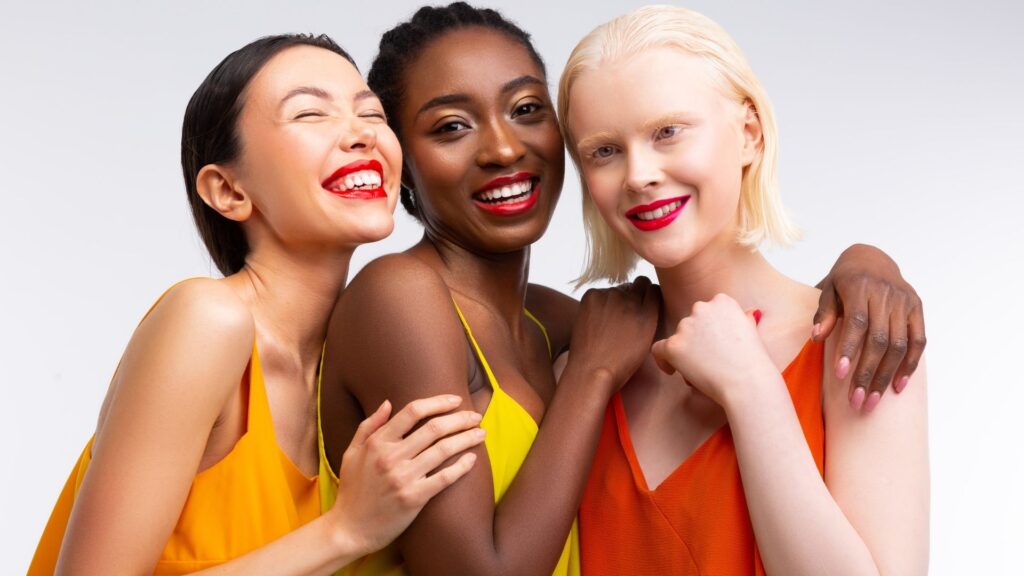
1. Choose a Shade Based on Your Skin Tone
Establish the best shade for your skin after determining your skin tone. If you have a neutral skin tone, it’s likely that any shade will appear good on you.
- Warm tones, appear best with shades of dark brown, warm brown, chestnut, rich golden brown, auburn, warm gold and red highlights, and golden blonde. Colors with a basis of red, orange, or gold will complement your complexion. Avoid hair colors based on blue, violet, or ash, as they will bleach out your skin tone.
- For cool tones, try glossy raven-wing blacks, cool ash-browns, or cool blondes spanning from mink to platinum and icy white. Avoid hair colors with gold, yellow, red, and bronze tones. These warm tones tend to make you appear worn out. You may also be able to wear a variety of thrilling, unnatural hair colors, such as lipstick red, cherry red, blue, and burgundy.
2. Factor in the Shade of Your Skin
What kind of skin do you have—light, medium, or dark? This is crucial information to have when deciding on a hair color.
- Paler skin tones complement lighter hues. Try butterscotch, strawberry blonde, or honey if your complexion is fair and has warm undertones. Try platinum, flaxen, or champagne blonde if you have pale skin and cool tones.
- 2. Medium skin affords more versatility. Medium-toned complexion and warm undertones can be colored honey blonde, caramel gold, or copper. Try ashy tones, such as sand, wheat blonde, and walnut brown, if your skin tone is medium and cool.
- 3. Olive complexion complements browns and earth tones beautifully. Warm tones can pair with ebony brown and mocha, whereas cool tones should attempt auburn or cinnamon.
- 4. Use espresso and inky black for dark skin and cool-toned complexions. Try maple brown, mahogany, or toffee for skin with dark undertones and mild tones.
3. Think About Your Eyes
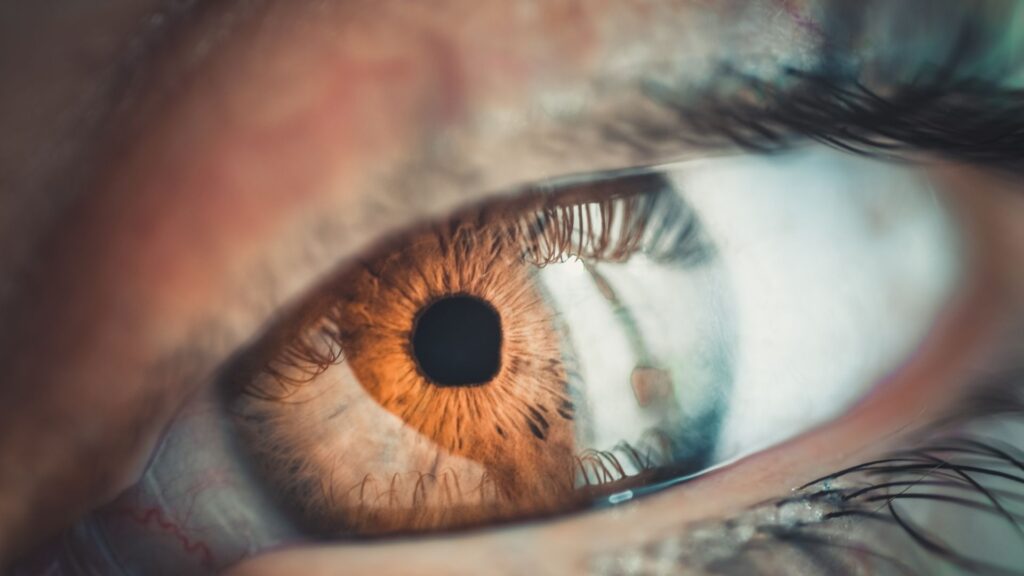
Eye color can determine whether or not a particular hair color appears good on you. Do you wish for your pupils to bulge? Green and blue eyes may look good with red, brown, or blonde hair, whereas black eyes may look good with a contrasting color.
4. Decide If You Want to Go Natural or Drastic
The options available to you depend on how drastically you want to alter your hair color. Do you prefer your hair in its natural state? Or are you set on doing the exact opposite? Do you wish to get a bright, artificial hue? Make the choice that will benefit you the most.
- Only go 2-3 shades lighter or darker than your natural hair color if you want to go natural.
- 2. Choose a color that flatters your complexion. Perhaps you’ve always favored red hair, but is it the right choice for you? If you adore blue but have a mild skin tone, you may want to consider a more striking, daring color.
5. Decide If You Want to Use Permanent, Semi-permanent, or Temporary Dye
Try out some temporary dyes if you’re not sure about the color. If you want your hair color to last, it’s best to choose a permanent or semipermanent dye. Permanent and semi-permanent dyes are more durable if you desire a color that will last longer.
- Permanent hair color does not fade out and allows for lighter hair. Bleach will likely be required if you wish to lighten your skin tone. Permanent hair color is more difficult to reverse, and you will need to touch up the roots as your hair matures.
- 2. Semipermanent hair color flushes out over time. It is ideal for highlighting, altering hair color tones, adding dimension, and concealing grey. It cannot substantially lighten hair.
- 3. Temporary hair color is removed after 25 to 30 washing. It is useful for imparting vibrant, shiny colors to darker or lighter hair. It also enables you to change the color of your hair. They cannot bleach your hair.
6. Don’t Make Emotional Drastic Changes
Think about your motivations for getting a makeover before you go through with it. Are you riding the current? Have you recently suffered a loss, perhaps via death in the family or the end of a significant relationship? The best method to choose a style is not to make rash decisions based on your feelings.
Coloring Hair
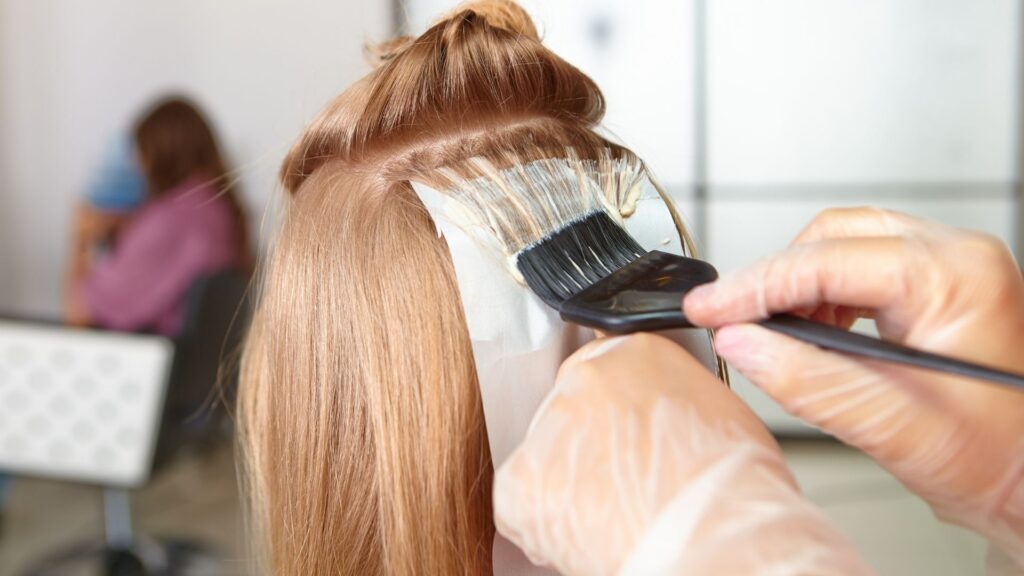
1. Do a Strand Test
Take a tiny piece of hair from the back, where it won’t be seen, and trim it. Dye this piece of hair to see how it absorbs the color. This can help you envision the final result before you commit to your entire head of hair.
2. Go to a Salon
If you’re going for a big change or trying hair dye for the first time, this is the advice you should follow. Consult a professional hairstylist to get the ideal shade and avoid disastrous consequences.
- If you have a particular shade in mind, it is recommended that you provide a picture of it. That way, questions won’t be raised. Brunette, red, and blonde aren’t very descriptive, but if you don’t know what they imply, you should probably avoid using terms like ash, honey, caramel, and espresso, too.
3. Try Highlights First
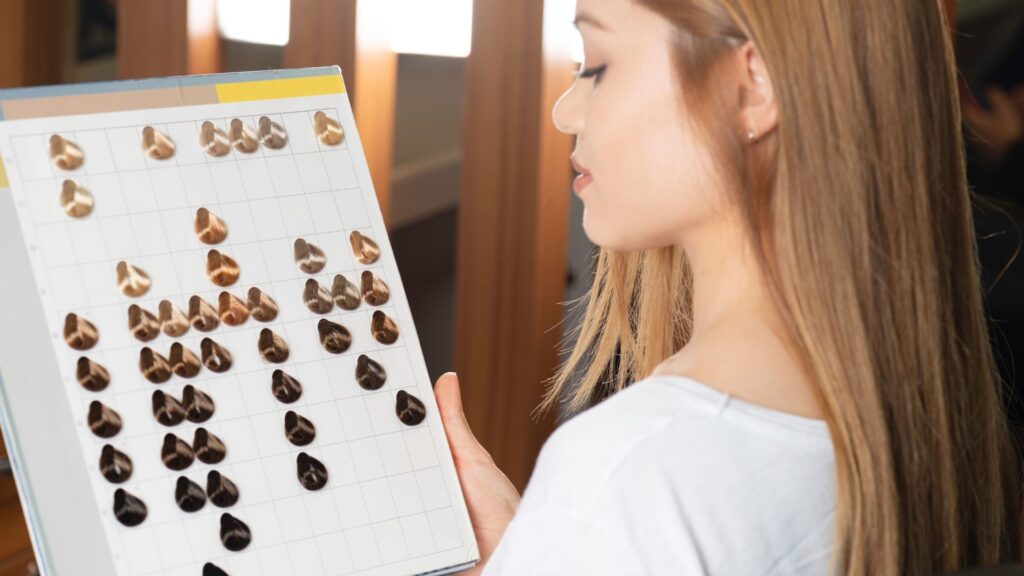
By strategically placing highlights, you can give your hair either a warm or cool undertone. Highlight your warm undertones with copper streaks, golden browns, or blonde hair. Wheat, honey, taupe, and ash tones are great for highlighting cool skin tones.
- If you want to add color to your hair without drastically altering its appearance, lowlights are a great option.
4. Remember Your Eyebrows
Remember to dye your eyebrows at the same time you color your hair. If you dye your hair blonde but want to keep your black eyebrows, you can. Think about how the alteration will look with your eyebrow hair before making a final call.
Anybody would look forward to the revitalizing experience of changing their hair color or creating a new style. Like the appropriate picture frame, the right hair color can set off an individual’s features and make them stand out. Doing it right is key.